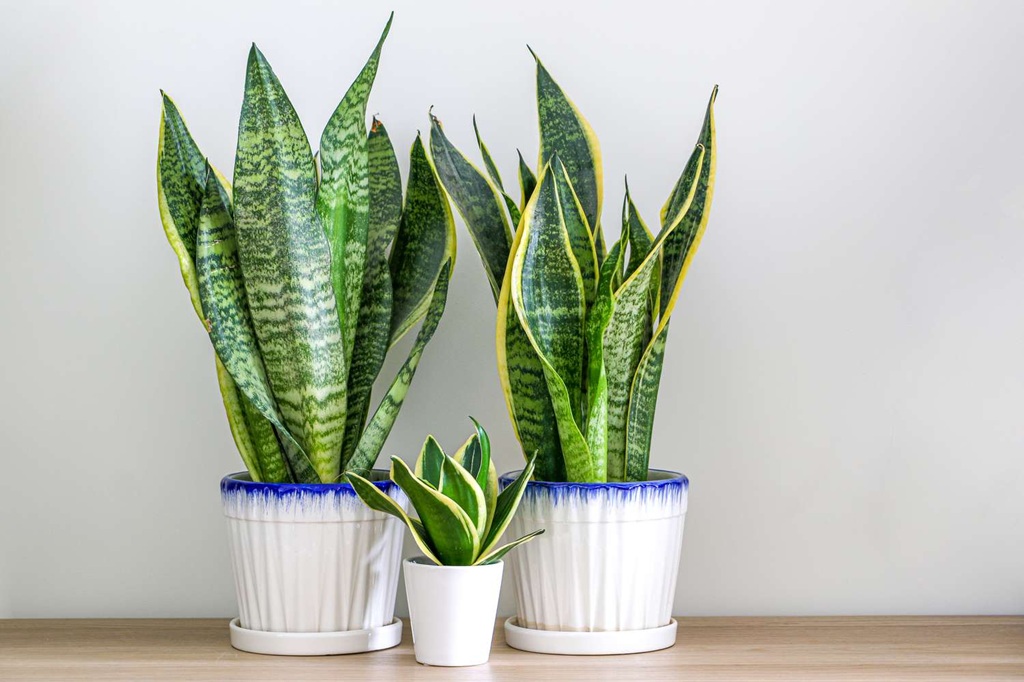Snake plants, also known as Sansevieria, are among the most popular houseplants worldwide. Their striking appearance, low maintenance needs, and air-purifying qualities make them a favorite for both beginners and seasoned plant enthusiasts. But did you know propagating snake plants is incredibly simple and rewarding? In this comprehensive guide, you’ll learn everything you need to know about propagating snake plants, from choosing the right method to caring for your new plants.
Why Propagate Snake Plants?
Propagating snake plants offers numerous benefits. First, it’s a cost-effective way to expand your indoor garden without buying new plants. Second, it allows you to share these resilient plants with friends and family. According to a study by NASA, snake plants are excellent at improving indoor air quality by removing toxins like formaldehyde and benzene. By propagating, you can spread these benefits throughout your home or office.
Personally, I’ve propagated snake plants multiple times, and each experience has been rewarding. Watching a single leaf grow into a thriving plant is incredibly satisfying. Plus, it’s a great way to connect with nature and reduce stress, as gardening has been shown to lower cortisol levels.
Methods of Propagating Snake Plants
There are three primary methods for propagating snake plants: leaf cuttings, division, and water propagation. Each method has its pros and cons, and the best choice depends on your preferences and the resources available.
-
Propagating Snake Plants from Leaf Cuttings
Leaf cuttings are the most common method for propagating snake plants. Here’s how to do it:
- Step 1: Select a healthy leaf from the mother plant.
- Step 2: Use a clean, sharp knife to cut the leaf into 2–3-inch sections.
- Step 3: Allow the cuttings to dry for 1–2 days to prevent rotting.
- Step 4: Plant the cuttings in well-draining soil, ensuring the bottom end is inserted into the soil.
This method is simple but requires patience, as it can take several weeks for roots to develop.
-
Propagating Snake Plants by Division
Division is the quickest way to propagate snake plants, especially if the mother plant has multiple shoots.
- Step 1: Remove the plant from its pot and gently separate the root ball into smaller sections.
- Step 2: Ensure each section has at least one healthy shoot and a portion of the roots.
- Step 3: Replant the divisions in fresh soil and water lightly.
This method is ideal for mature plants and ensures the new plants retain the variegation of the parent plant.
-
Propagating Snake Plants in Water
Water propagation is a visually rewarding method that allows you to observe root growth.
- Step 1: Cut a healthy leaf and place it in a jar of water, ensuring the bottom inch is submerged.
- Step 2: Change the water weekly to prevent bacterial growth.
- Step 3: Once roots are 1–2 inches long, transfer the cutting to soil.
While this method is fun, it may take longer for the plant to establish itself in soil compared to other methods.
Best Soil and Potting Tips for Propagated Snake Plants
Snake plants thrive in well-draining soil, as they are prone to root rot in overly moist conditions. A mix of cactus soil and perlite works well. When potting propagated cuttings or divisions, choose a pot with drainage holes to prevent waterlogging.
According to the University of Florida’s IFAS Extension, snake plants prefer slightly acidic to neutral soil (pH 6.0–7.5). Adding organic matter like compost can improve soil structure and nutrient content.
Related: How to Care for Pink Lady Plant: 7 Simple Tips for a Thriving Beauty
Caring for Your Propagated Snake Plants

Once your snake plant cuttings or divisions are potted, proper care is essential for healthy growth.
- Light: Snake plants tolerate low light but thrive in bright, indirect light.
- Watering: Water sparingly, allowing the soil to dry completely between waterings.
- Temperature: Maintain a temperature range of 60–85°F (15–29°C).
- Fertilizing: Use a balanced fertilizer once every 2–3 months during the growing season.
Common Mistakes to Avoid When Propagating Snake Plants
While propagating snake plants is straightforward, beginners often make a few common mistakes:
- Overwatering, which can lead to root rot.
- Using dull or unclean tools increases the risk of infection.
- Planting cuttings upside down prevents root development.
By following the steps outlined above, you can avoid these pitfalls and ensure successful propagation.
Conclusion
Propagating snake plants is a fun and rewarding way to expand your indoor garden. Whether you choose leaf cuttings, division, or water propagation, each method offers unique benefits. With proper care, your new plants will thrive and bring beauty and clean air to your home.
Ready to get started? Share your propagation journey in the comments below or explore our related articles on indoor gardening tips. Don’t forget to share this guide with fellow plant lovers!
Related: When to Start Balcony Garden: Expert Secrets for Thriving Plants
FAQs
How long does it take for snake plant cuttings to root?
Snake plant cuttings typically take 4–6 weeks to develop roots, depending on the method and environmental conditions.
Can I propagate a snake plant in water?
Yes, snake plants can be propagated in water. However, they may take longer to establish in soil compared to other methods.
Why are my snake plant cuttings not rooting?
Common reasons include overwatering, using unhealthy leaves, or planting cuttings upside down. Ensure proper care and technique for successful rooting.
Do snake plants need sunlight to propagate?
While snake plants don’t require direct sunlight, they need bright, indirect light for optimal growth during propagation.
Can I propagate a variegated snake plant?
Yes, but division is the best method to ensure the new plants retain the variegation of the parent plant.









